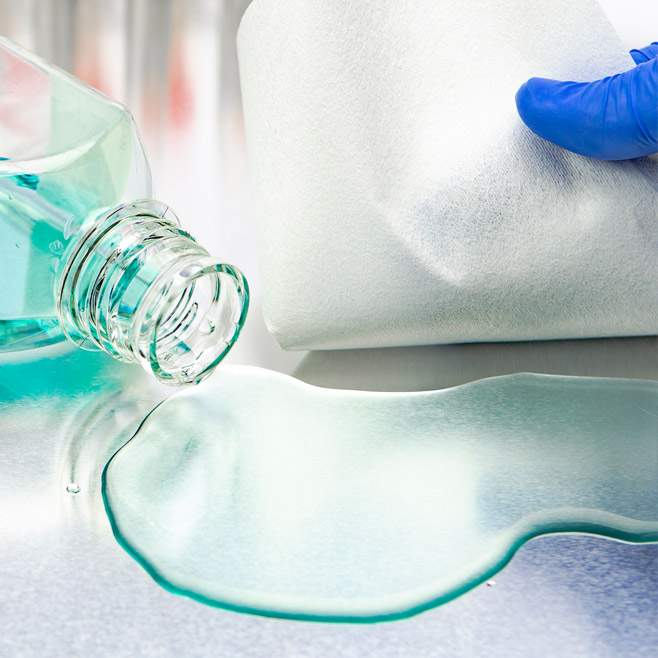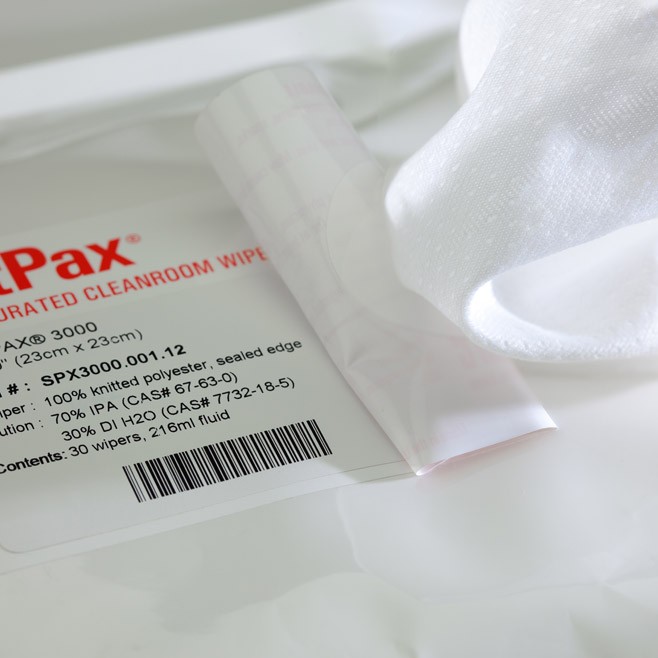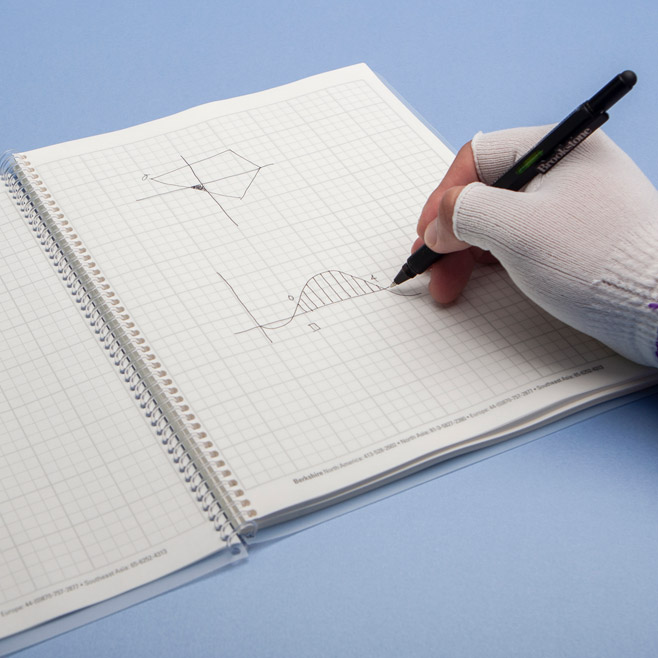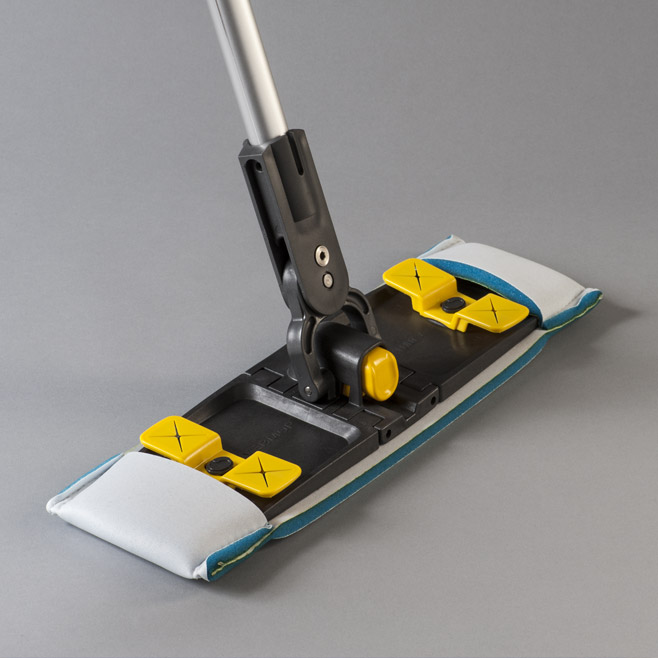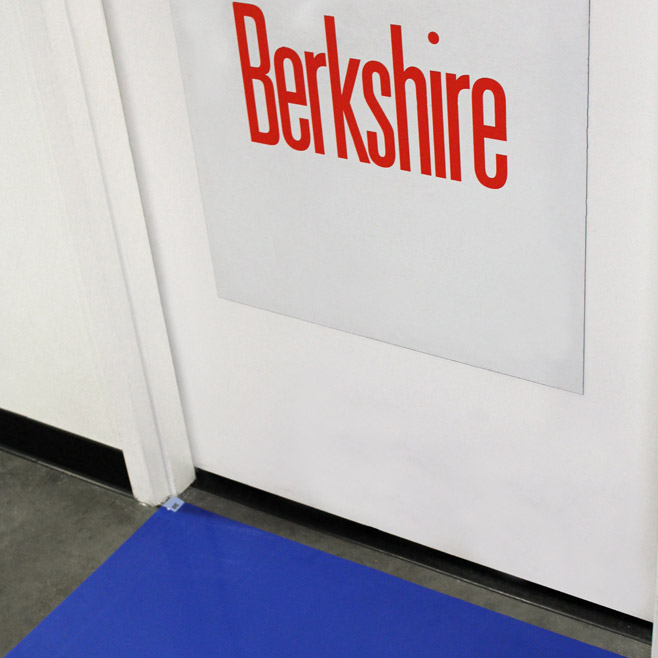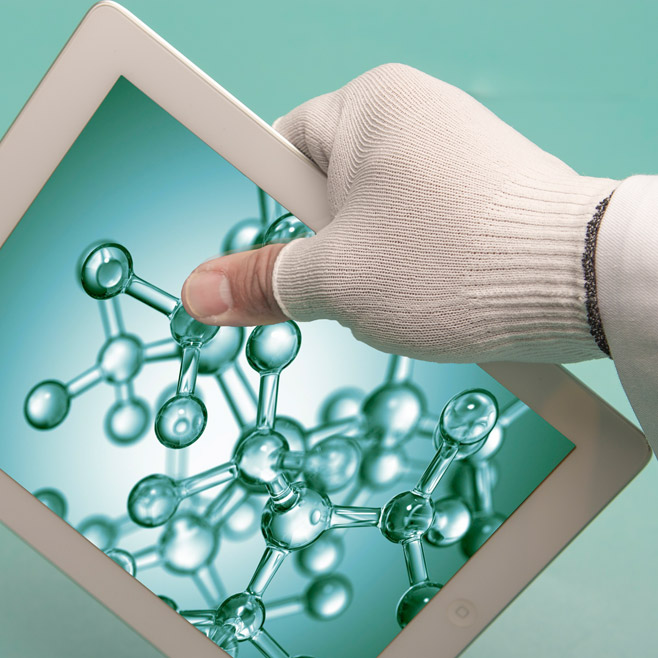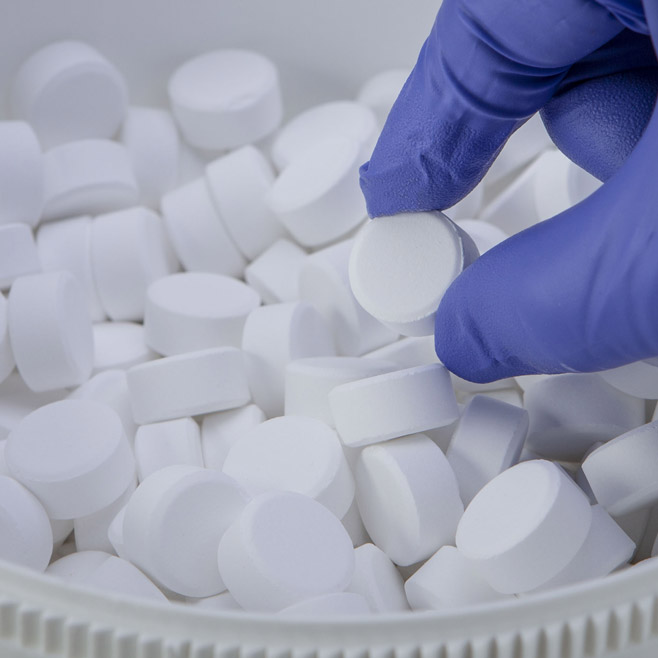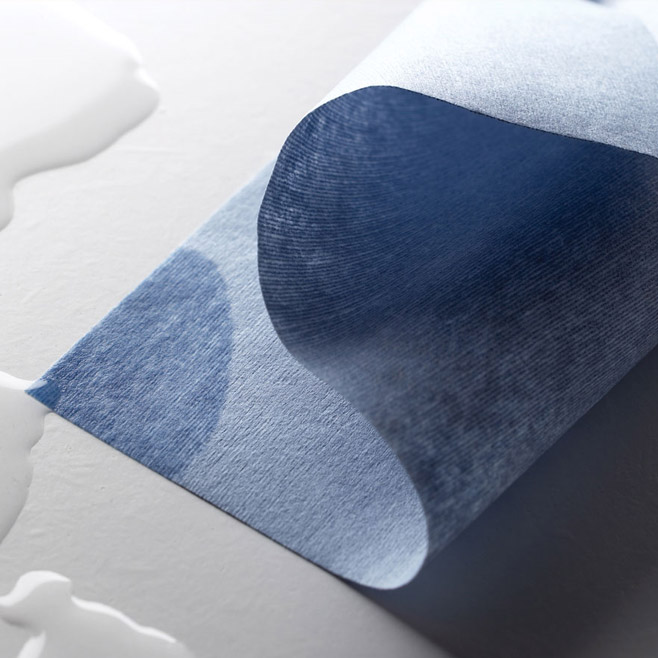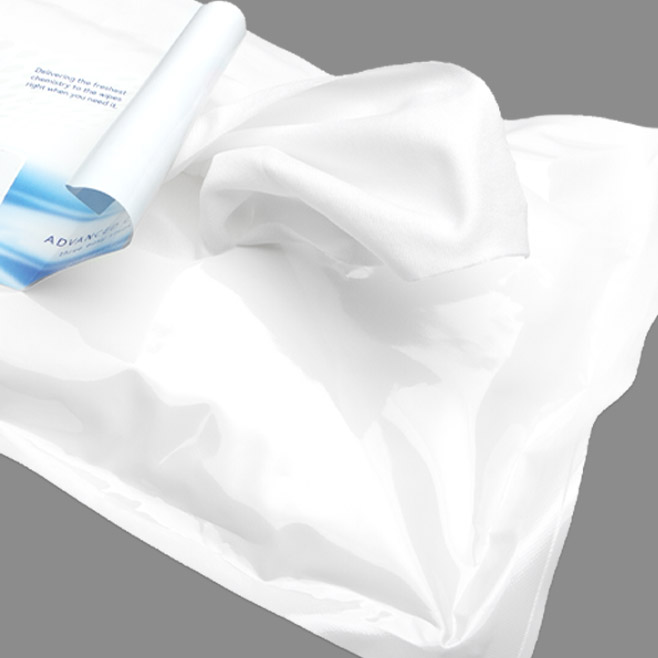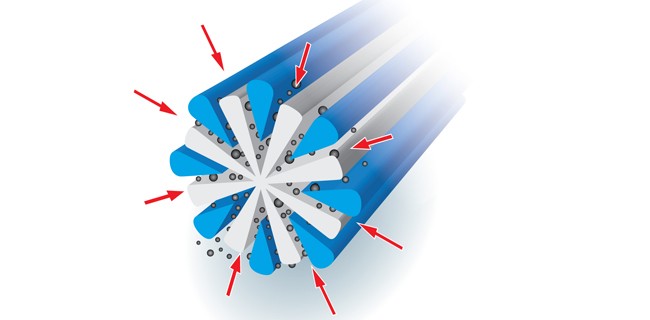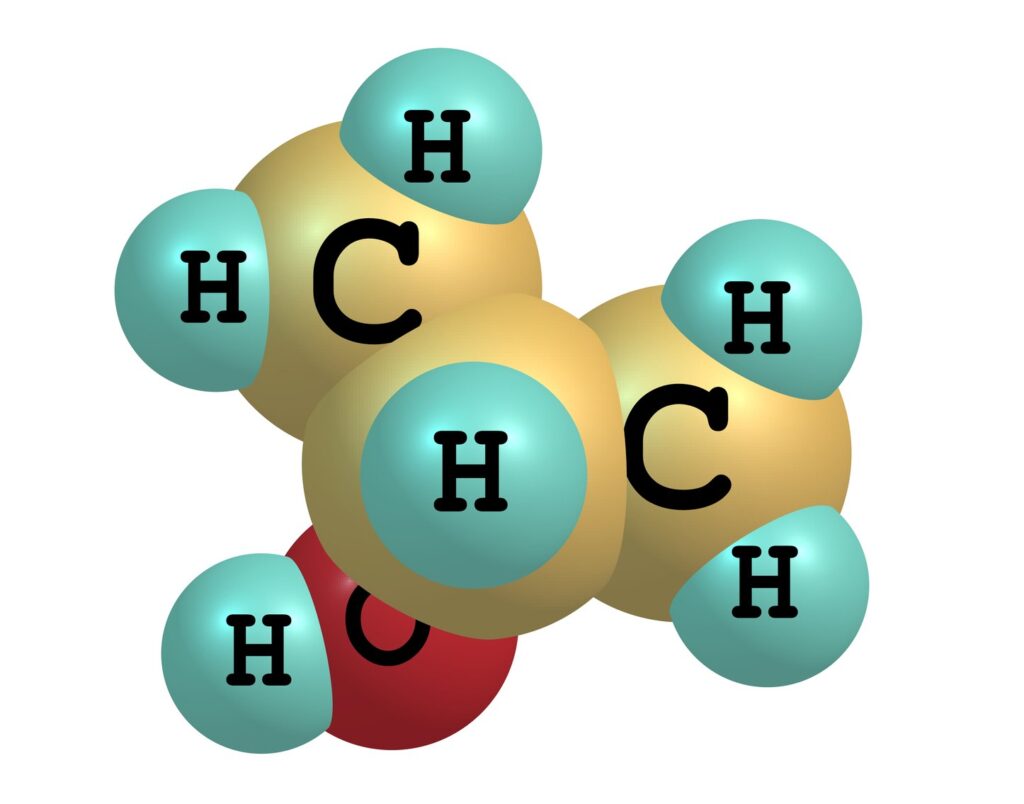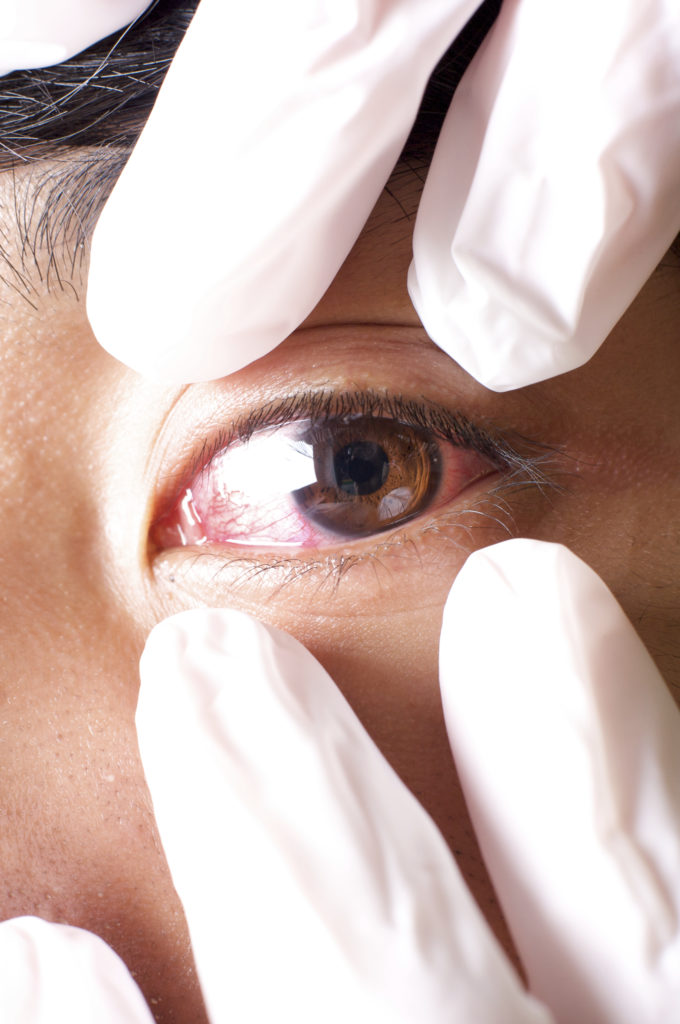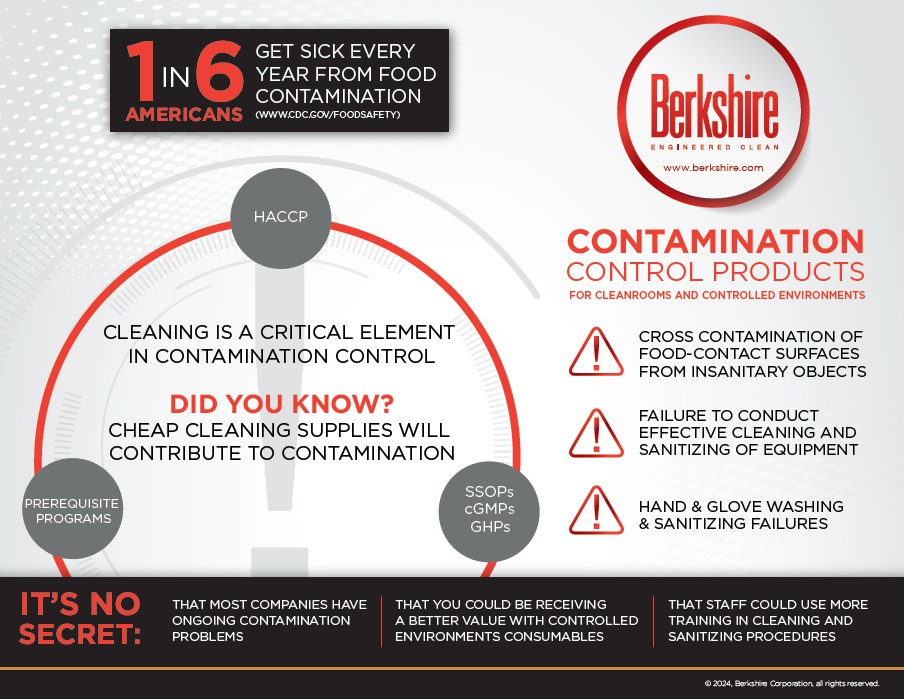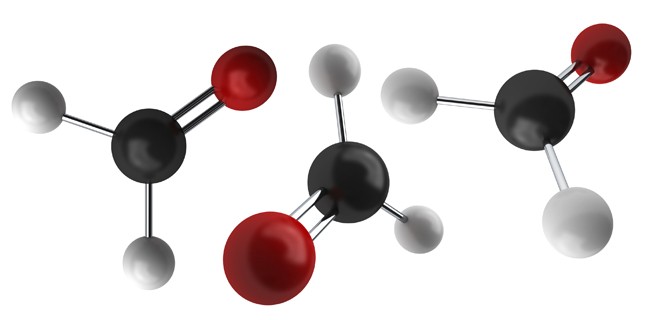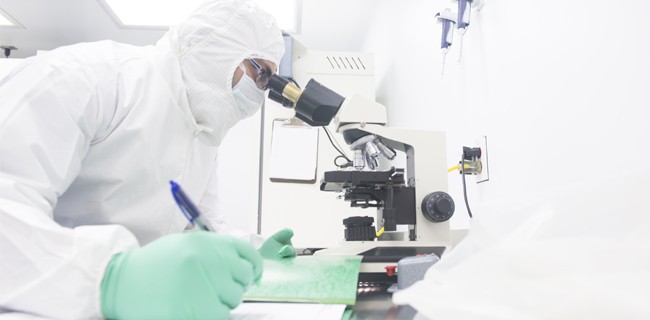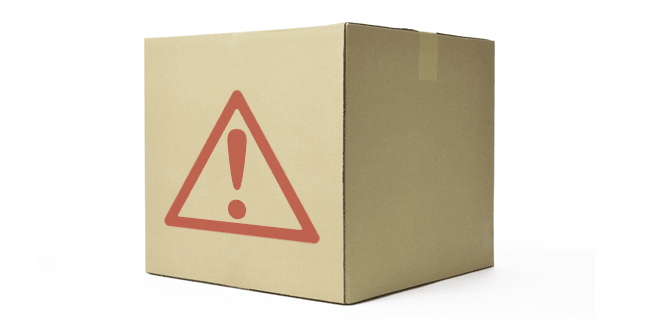In Part I of “I Can See Clearly Now”, we described the physical construction of microdenier fibers incorporated in fabric used for cleaning eyeglasses. These same fibers can also be employed as the base material for cleanroom wipers. Note however, that microdenier cleanroom wipers are orders of magnitude cleaner than the microdenier fabric used for cleaning eyeglasses. [Read More…]
Category Archives: Knowledge Base
If you’ve purchased a new pair of prescription glasses in the last twenty years, chances are you were given a cleaning “cloth” to keep them in pristine condition. Actually, “cloth” is not best description since the material doesn’t contain any cotton – the word that most often comes to mind when we say “cloth”. Better [Read More…]
The most common liquid used for cleaning surfaces in the cleanroom is IPA, primarily because of its purity and consistency. Cleanroom operators sometimes ask if denatured alcohol can replace IPA in the cleanroom. The simple answer is No. Here’s why. Denatured alcohol is used for non-critical applications such as fuel for stoves, shellac thinner, and [Read More…]
The Customer An archival and conservation company currently uses BCR® Nylon Single-Knit white full-finger gloves for their preservation activities. The Applications Skin contains oils (sebum) and acids that can damage the emulsions and ink on photos, slides, and negatives. An ungloved hand can not only do irreparable damage to your materials, it can also leave fingerprints [Read More…]
In contamination control, there are generally two types of contamination problems: complex problems that even those who are dedicated to cleaning out sometimes miss, and outright negligence. Sometimes, an issue as simple as not knowing the proper contamination control procedures can lead to contamination that gets the FDA on you. That was the case recently [Read More…]
Sterile compounding in a pharmacy involves customization of medication mixtures in a minimal contamination environment. Safeguarding against unwelcomed contamination is a tall order because many of the small contaminants are invisible to the eye and hidden as microorganisms. The robust standards established by the United States Pharmacopeia (USP) Chapter <797> for cleaning and disinfecting the [Read More…]
Updated 11/13/2024 Featured Products
Question We are interested in a wiper that is good for absorbing large amounts of formalin (approximately 40% formaldehyde and 60% water). Any suggestions? Answer Any of our wipers would be compatible with that solution. If you want a nonwoven look for the ones with the higher Sorbency Efficiencies – the most absorbent for their [Read More…]
Question This paper can be autoclaved for Grade A/B cleanroom areas, but can it be used with an inkjet printer and a copier? Will handwritten ink or marker smear or bleed on the paper? Will handwritten ink or marker smear or bleed on the paper when exposed to water or 70% alcohol spray? Answer Our Berkshire [Read More…]
he final step in the manufacture of sterile wipers (either dry or pre-wetted) is gamma irradiation to destroy all viable organisms that may be present on the wipers or on associated packaging. A source of confusion that often arises is how best to introduce packages of sterile wipers into the sterile suite. Most users understand [Read More…]




